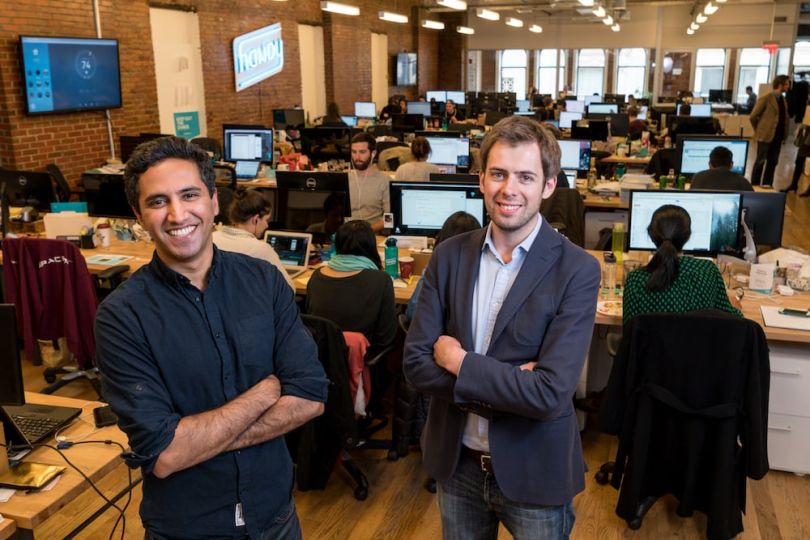
After building a successful business based on connecting individual gardeners, renovators, appliance installation specialists and other home improvement enthusiasts with willing customers, New York-based Handy was looking to grow. The answer, it seemed, was integrating professional service providers and third-party platforms — including Costco and Walmart — into a purpose-built app. Before, all professional versions of the app had been privately distributed.
Handy’s solution was “Handy for Pros,” a public-facing app that integrates with those third-party providers to source jobs, while allowing service providers to claim jobs and communicate with customers. In an interview with Built In NYC, co-founder Oisin Hanrahan explained the work that went into the new product.
The result is an in-depth look at how a leading local software builder creates products — what can you outsource to third-party software? Where should you rely on your in-house talent? In the interview below, Hanrahan gets into that and more.
Company Background
What is Handy for Pros designed to do?
To make it easier for pros to get started on the Handy platform, we recently launched the Handy for Pros app to the Apple App Store and Google Play Store. Prior to this release, all versions of the app had been privately distributed. Service professionals rely on the Handy for Pros app to successfully manage jobs on the Handy platform. Jobs originate from a variety of sources such as the Handy consumer app, HomeAdvisor and partners like Walmart, Wayfair and Costco. These jobs are all surfaced in the Handy for Pros app, which then allows pros to set and modify their services and schedules, claim and complete jobs, communicate with clients and get paid for their work.
What’s your tech stack?
To power all of these various services — job claiming and scheduling, client communication, payments and more — the Handy app relies on a number of in-house and third-party technologies. We build all of the core, Handy-specific software in-house and choose proven, industry-leading providers of third-party software to build out a reliable, seamless and magical app experience.
The core iOS and Android apps were built in-house, written primarily in Swift and Kotlin respectively. The new release moves closer to an MVVM architecture on Android and a VIPER-like architecture on iOS. The core Handy functionality such as availability and schedule setting, messaging sync, booking management (reschedules and cancellations, for example) and the job marketplace are powered by our own Ruby on Rails API. To increase reliability while speeding up development cycles, we use Snapshot testing as well as Eggplant for QA and Bitrise for CI.
There were no readily available guidelines for how to upgrade the many different frameworks we had been using.”
We’ve integrated third-party software to improve our onboarding, messaging and payments experiences. We work with Jumio to provide ID verification when onboarding candidate providers, processing over 180,000 candidates each year in just a few minutes per candidate. Through our integration with Airship, we manage over 100,000,000 push notifications to providers, ranging from surfacing new opportunities to sending booking reminders. We also work with Sendbird to send over 2.5 million messages between pros and clients. We chose Sendbird specifically because of its reliability and the ease with which it integrates with our in-house messaging server for multichannel client messaging (push and SMS, for example). And finally, for payments, we trust Stripe to consistently and accurately ensure that our pros are paid for the great work that they do.
What kind of challenges did this project present to your team?
Our biggest hurdle in launching Handy for Pros to the App Store and Play Store was that the previous, independently distributed versions of the app didn’t meet the current technical requirements for their respective stores. There were no readily available guidelines for how to upgrade the many different frameworks we had been using, so we relied on trial and error to finally get approved for the App Store on our fifth try.
We then had the other problem of having to migrate over 500,000 existing users to these new, App/Play Store versions. We did everything from adding the word “old version” to our old app logo on pros’ devices to building custom in-app messaging that pushed them to switch to the new release, and testing and retesting to make sure there were no issues with the migration. Ultimately, we were able to migrate over 95 percent of our previous user base to these new apps, and now we are poised to scale distribution further and onboard more professionals to the Handy platform faster.





